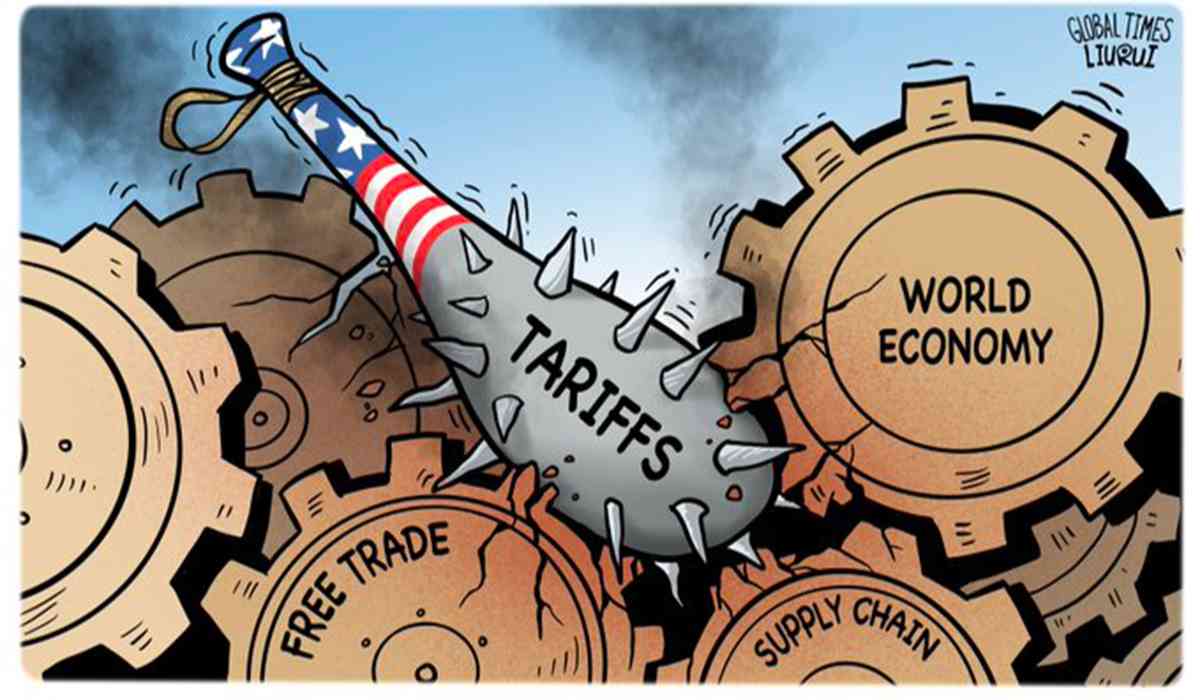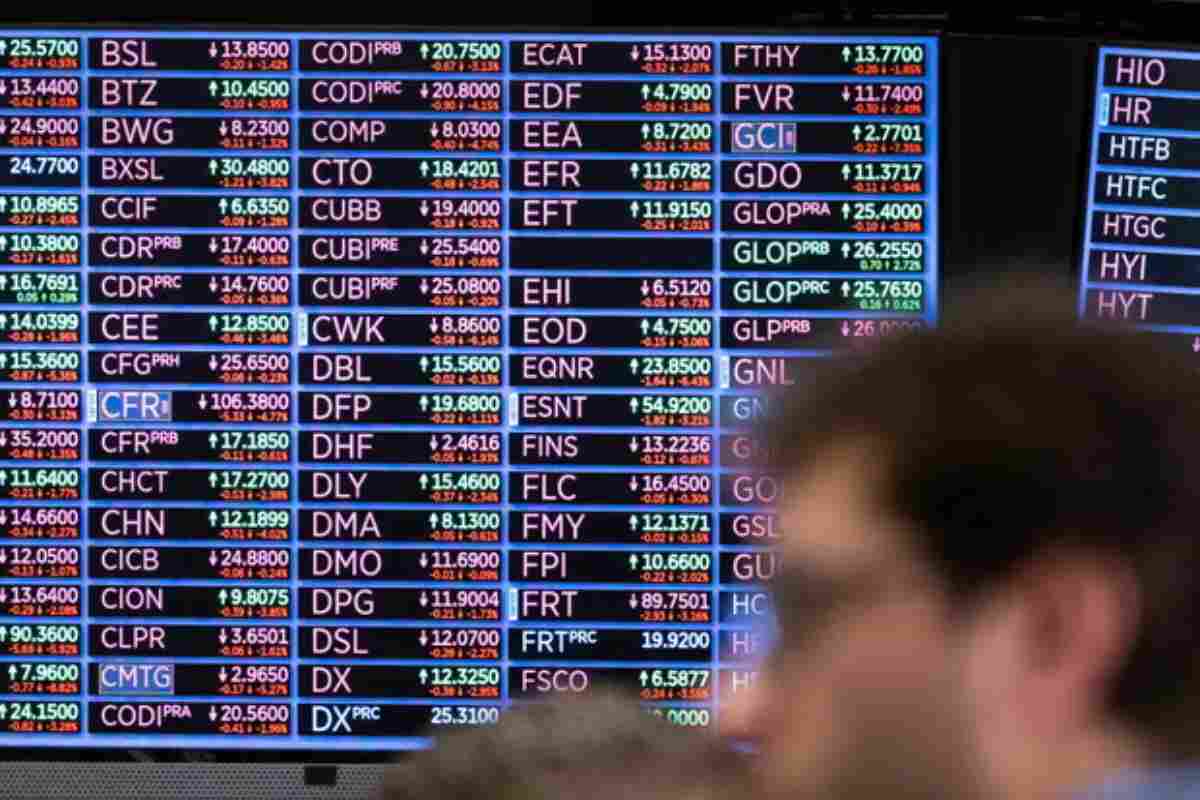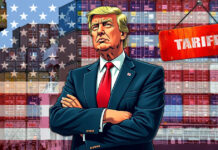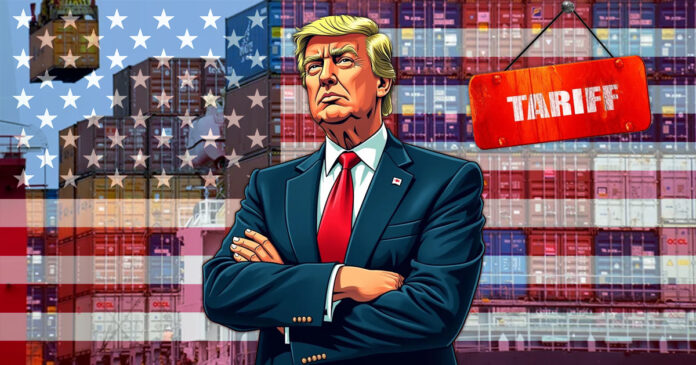“Trump’s tariffs” have taken the world by storm. Now, every day, we hear a new tariff policy being thrown at us, which is followed by a ruckus worldwide. But what even are tariffs? How do tariffs work, and why are they affecting the global economy to such a great extent?
What are Tariffs?
At their core, tariffs are taxes imposed by a government on goods imported from another country. Think of them as a surcharge that foreign products must pay to enter a domestic market. Unlike income tax, tariffs vary based on the product and the country of origin. It is stated that the goal of tariffs is to raise funds for the government and help in the distribution of money. But honestly, it is mostly used as a weapon against foreign exporting firms.
The intention behind a tariff is typically to make imported goods more expensive, thereby giving locally produced goods a price advantage.
There are two main types of tariffs:
- Specific Tariffs: a fixed fee per unit (e.g., $10 per ton of steel).
- Ad Valorem Tariffs: a percentage of the value of the imported good (e.g., 25% of the value of a car).
Governmental bodies implement tariffs for their own political benefits, but who pays the cost of it? The consumers, which means the locals. Think of it like this: when you go to the store to buy a new shirt, the price of that shirt has increased. Then the rest of the impact is borne by those in the middle—the retailers and firms—that are purchasing those goods from foreign countries and taking them all the way to the stores to you.

The Economic Chain Reaction
When a country imposes tariffs, it sets off a domino effect. Imported goods become more expensive, which might seem like a win for domestic producers who now face less foreign competition. However, the benefits are rarely black and white.
Here’s why: Many industries rely on global supply chains. For instance, a car manufactured in the U.S. might use parts from Germany, Japan, or Mexico. If tariffs are imposed on those parts, the entire cost structure of the vehicle rises — and that increase is often passed on to consumers.
In short, while tariffs aim to protect domestic jobs, they can just as easily lead to higher prices, lower consumer spending, and even job losses in industries reliant on imports.
The Political Tool that Cuts Both Ways
Tariffs are often used as bargaining chips in trade negotiations. We saw this happen dramatically during the ongoing U.S.- China trade war. Both nations imposed wave after wave of tariffs on each other’s goods. While the U.S. aimed to curb China’s trade surplus and protect intellectual property, the tit-for-tat escalation ended up hurting businesses and consumers on both sides.

This kind of economic brinkmanship can create uncertainty in global markets. Investors become jittery, businesses delay investments and supply chains are forced to reorganise — sometimes at great cost.
Moreover, when large economies like the U.S. or China engage in tariff wars, smaller economies often get caught in the crossfire. Emerging markets that depend on exporting intermediate goods or raw materials may see demand drop, leading to currency instability and slower growth.
Read More: Stocks Slide Again: Trump Ratchet up 104% Tariffs on China
Long-Term Global Impact
In the long run, persistent tariff use risks reshaping global trade itself. Companies might start “reshoring” or “nearshoring” production to avoid future disruptions. While this could boost local manufacturing in some regions, it might also fragment global supply chains, reduce efficiency, and increase production costs worldwide.
There’s also the threat of retaliatory measures. No country wants to be the loser in a trade fight, and when one imposes tariffs, others often respond in kind. This tit-for-tat approach can spiral into a full-blown trade war, where everyone ends up worse off — a scenario economists have warned about for decades.
Future of Global Trade
The future of global trade depends on cooperation, not confrontation. If nations continue to treat tariffs as political power plays rather than strategic tools, we may find ourselves paying a much higher price than any import tax could justify.










































